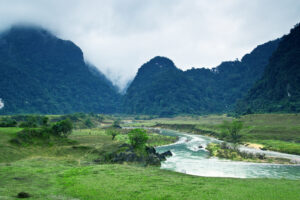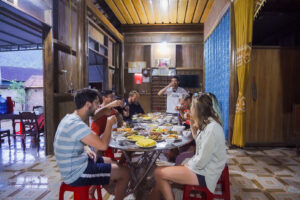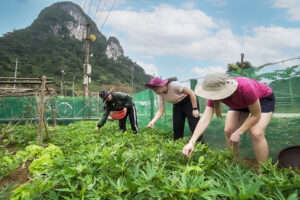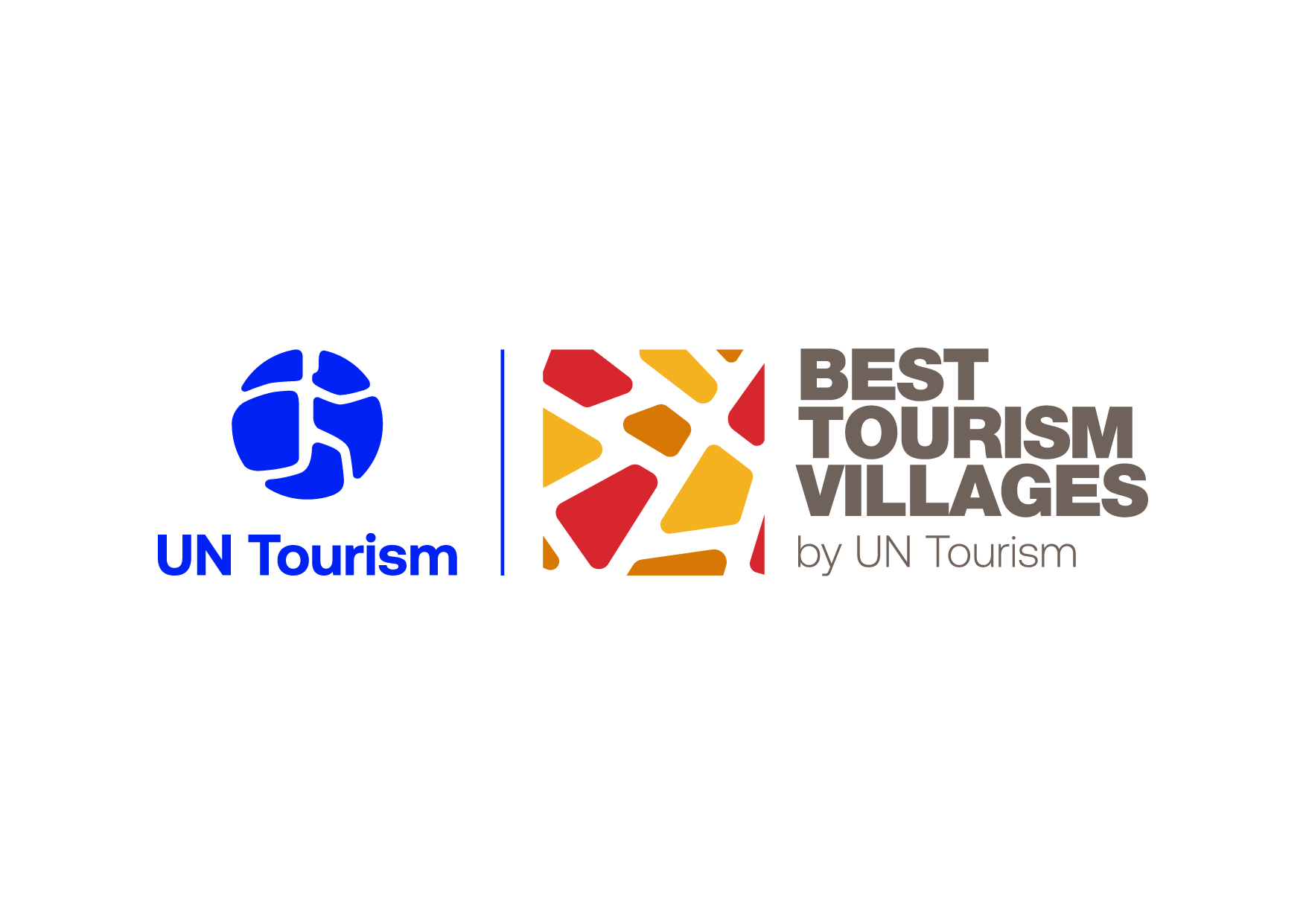TAN HOA
VIETNAM
2023
Contact
Tân Hoá village is known as the “seasonal flooded zone” of Quang Binh province, where during the rainy season the flood water can submerge the whole village. Tân Hoá used to be one of the poorest villages in Quang Binh province. Since 2011, when tourism activities were adopted by Tân Hoá village, many people have acquired stable jobs and, subsequently, their quality of life has improved significantly.
The village is situated in the vicinity of Phong Nha-Ke Bang National Park, benefiting from unique natural conditions and a rustic charm. The village has been recognized by the provincial People’s Committee as an ecological and cave tourism area within the Tu Lan cave system. Surrounded by primary forests, limestone mountains, and the tranquil Rao Nan river, Tân Hóa village exhibits a simple and enduring beauty that leaves a lasting impression on visitors.
Tân Hoá Tourism Village is a pioneering tourism business model that promotes collaboration between enterprises and the local community, aiming for mutual benefits. Oxalis Adventure, as its partner, has implemented a clear and comprehensive business strategy based on three fundamental principles: safety, conservation, and involvement of the local people.
The Village and Oxalis Adventure believe that involving local people in the tourism business is a strategic approach rather than just a responsibility. They have gradually trained the local people to become proficient in serving tourists and transitioned from community involvement into community ownership on services that they deliver.
HIGHLIGHTS
-

Adapting to the Seasons
Tân Hoá village is famous for its natural disasters and floods. The weather-adaptive tourism model was developed in 2017, focusing on adjusting cave expedition tours to accommodate the seasonal variations, particularly during the rainy season, to ensure the safety of both tourists and staff.
Building upon this success, the weather-adaptive homestay model was introduced in 2022 and further enhanced in 2023. These adaptations have positively influenced the perception of Tân Hoá’s tourism activities, resulting in a significant increase in the number of domestic and international visitors seeking to experience the region. In 2022, Tân Hoá welcomed a record-breaking 8,001 visitors, surpassing the figures from the previous years. This innovative approach continues to attract a growing number of tourists, both locally and internationally, who are eager to engage in the authentic and immersive experiences Tân Hoá has to offer.
-

Preserving local culture
Preserving local culture is one of the top priorities in Tân Hoá Village. Alongside teaching Vietnamese language in the education system, the Nguồn people still maintain their spoken Nguồn language for daily use in the community.
Cultural customs such as the Ho Thuoc Ca (folk singing), Ram Thang Ba festival (March Full Moon festival), and the Living Ancestor Worship tradition is preserved by the local people across generations. Additionally, the Ho Thuoc Ca has been recognized as a National Intangible Cultural Heritage.
-

Financial mechanisms towards tourism development
On a yearly basis the province of Quang Binh introduces financial support policies for rural tourism development projects in local communities. These policies, including financial assistance grants, aiming to facilitate the construction of homestays using state budget funds or through loans from the district’s Bank for Social Policies. Tân Hoá Village has effectively disseminated these supporting policies to individual households, enabling them to access various funding opportunities. These include government funds such as the poverty reduction fund, the new rural development fund, and the minority support fund.
Tân Hóa Village encourages its residents to become independent entrepreneurs and be a part of the tourism supply chain. The locals engage in various tourism service activities, including operating homestays for tourists, organizing home-cooked meals for visitors to savor local cuisine and selling local products to tourists through the OCOP (One Commune, One Product) initiative. Local products include honey, pepper, turmeric powder, salted fish, and other agricultural products.

